Last Updated on July 28, 2021

The Arrow interviews
Eric Red
Eric
Red is a name that meant a lot to me as I was growing up.
"The Hitcher" and "Near Dark" are two movies that I cherish and the
man’s always been (and still is) an inspiration.
I recently had the pleasure of conducting a phone interview with him
and just didn’t want to ever hang up, since I loved talking to him so
much, and wound up with an extra-long interview. So instead of going crazy with the editing scissors
and putting it all together in one shot, I decided to put this one out in two parts.
You
can read Part 2 below. Dig in guys!
A:
When you started off in the business, did you want to be
a screenwriter, an actor, a director? What was your main
goal?
ER:
My goal was to direct features. I got in as a writer. I sold
my first script "The Hitcher" and I attached myself to direct
one of my next two scripts and that was "Cohen And Tate". At the
time that was the simplest route.
THE
HITCHER (1986)

A:
What was the inspiration for "The Hitcher" screenplay?
ER:
The Doors song “Rider from the Storms”.
A:
Oh
yeah?!
ER:
I knew the song when I was living in New York; I thought it was
a good opening for a movie. When I left
New York and went to Texas, I drove from the city to Austin and
had a lot of time on my hands just driving through the Texas
Badlands. I sort of started with that song as an opening and
just kind of went through the sequence of events in my head. When I
got to Texas, I wrote the script in about a
month.
A:
Too bad they never used the song in the movie.
ER:
I don’t think we needed too. The whole opening of the film
right down to the rain storm and the character…you can see the
analogy.
A:
That’s true. To me, the character of John Rider is very
ambiguous. Everybody has their own take on who he is, what he’s
about. When you wrote him, what did he mean to you?
ER:
It was a definite decision in the script to never give him a
back-story. Certain characters, if you don’t tell where they’re
from or what chain of events led them to be who they are, take
on a more mythical characteristic and that was very intentional
in that picture. Mostly he’s forging the kid in the film.
Ryder wants to die but he’s putting him through a series of
horrific incidents that the kid will have to prevail against and
therefore strengthen in the process. In Rider’s twisted
mind and perspective, he’s passing on some form of strength to
the kid.
A: Some
people were talking at some point about “homosexual undertones”.
Was that intentional? The scene with the spit comes to mind when
the kid spits in Rider’s face and he proceeds to lick it off.
ER:
That was actually something that Rutger came up with. There’s
maybe a type of sexual charge between The Hitcher and the kid
but it certainly wasn’t intended to be some kind of homoerotic
allegory.
A:
How much involvement did you have during the shoot?
ER:
I was on the set for about two weeks. My fundamental involvement
was getting the script in shape. Once the script was ready, we
really didn’t change it much while we were shooting. There
really wasn’t much for me to do.
A:
Are you happy with the way the film turned out?
ER:
Yes.
A:
I just have to say this: your Hitcher script is probably one of
the best scripts I have ever read.
ER:
Oh, thank you.
A:
I always admired the way that you filled the movie with action
and at the same time never sacrificed character development in
the process. The action actually strengthens the characters. Not
anybody could’ve pulled that off.
ER:
One of the things in the script that gives it its pace is that
there’s no subplot. It’s basically the main linear story,
there’s no back-story, no digression from the point of view of
the main character and what he’s going through. That’s part
of where the pace of the picture comes from.
A:
Was Rutger Hauer the first choice of casting?
ER:
I wasn’t particularly involved in the casting of the picture.
We talked about a lot of people. Sam Elliott actually came in
and gave an excellent audition for the picture. He also would’ve
been quite good.
When I heard Rutger was going to be in the picture, I
thought just like everyone else that we really nailed it. I don’t
think he had done lots of American films at that point.
A:
He had done "Blade Runner" before…
ER:
Yeah, but that was about it.
A:
Actually his Blade Runner part and The Hitcher are probably the
best two roles he’s had in his whole career.
ER:
I agree with you.
A:
Rumor has it that there might be a Hitcher sequel. Care
to clear that up?
ER:
There’s been an attempt to get a sequel to "The
Hitcher" going but the rights to the projects have gone
back and forth between Charlie Meeker, who was one of the
producers on the original, Steve White and I think Fred Heber
for quite some time. But virtually over ten years it’s been a
subject of lawsuits and the project has not developed in any
kind of organized fashion. I think they might have gotten a
script done.
A:
You didn’t write it?
ER:
No, as a matter of fact I was never approached.
A:
What???
ER:
I had the contractual rights of first refusal on the script and
for whatever reason back in 1993, I relinquished those rights. I
was doing other projects and really didn’t want to cover the
same ground again. I didn’t think a sequel would be as good as
the first one and I still don’t. But in retrospect, I should’ve
maintained those rights so I would’ve been able to assert some
control over the development of the sequel. The process has
proceeded in such a disorganized fashion and so much time has
gone by, I don’t think it’s in the best interest to make a
franchise out of it.
A:
That sucks. If there’s ever going to be a sequel, you should
definitely write it ..that’s it, that’s all! I hope it doesn’t
happen.
NEAR
DARK (1987)

A:
Let’s move on to
"Near Dark". You had a partnership with Kathryn
Bigelow for a while.
ER:
We wrote three scripts back in the mid-eighties. "Undertow" first,
"Near Dark" second and "Blue Steel" third.
A:
The partnership is over?
ER:
We’ve had no dealings for years as it often happens in
the industry.
A:
So you co-wrote "Near Dark" with Kathryn Bigelow.
ER:
Yeah, and I
co-produced it…
A:
I didn’t know that.
ER:
Yeah, because of my relationship with Ed Feldman and Charlie
Meeker on "The Hitcher", I helped put the financing together for
the film.
A:
I personally love the movie but I heard you weren’t fully
satisfied with how it turned out.
ER:
I’m perfectly satisfied with the execution of the picture. I
had some casting reservations.
A:
Care to expand on that?
ER: Well,
they were two fold. I was not too pleased with using the cast of
"Aliens" in the picture, not that they weren’t
good. Henriksen, Paxton and Jeannette Goldstein were great,
particularly Paxton. But I felt at the time, and still do, that
it made the film look a little bit like a knockoff of another
picture and it wasn’t. It was very original and unique. But
they were good. My ultimate reservation about the casting: I
didn’t like the casting of Adrian Pascar.
A:
Oh no?
ER:
I don’t know the sequence of events that led to them not being
cast but at the time Johnny Depp and D.B. Sweeney tested for the
role. And I think they could’ve been more likeable and better
choices for the hero. In seeing the film to me, it’s very
vampire-heavy; the bad guys are more interesting than the
protagonist and there isn’t the necessary rooting interest in
the Caleb character. I think if we would’ve cast that role
better, it would’ve improved the picture somewhat. But as far
as the rest of the film; I’m delighted about it.
A:
How come you didn’t direct it?
ER:
At the time, I owned "Undertow" and Kathryn owned
"Near Dark". I
would direct one and she would direct the other. That was our
deal and that’s how we proceeded.
COHEN
AND TATE (1989)

A:
You directed your first
film "Cohen and Tate" at the age of 26.
ER:
I was 24 when I wrote "The Hitcher".
A:
Shit, I feel like schmuck (I’m 25)! I saw Cohen and Tate and
enjoyed it but always felt there was something missing. It felt
incomplete to me. I heard you had some problems with the studio…what
happened?
ER:
The film in term of scripts, editing, performances reflected the
movie I wanted to make. The picture works for some people and it
doesn’t work for others. It’s a pretty hard edge “film noir”,
I’m actually reasonably happy with it. There were political
problems with the picture. Not so much in terms of creative
studio interference but one of the producers on the picture at
the time was fired, so there was a lack of studio support. That
happens when that sort of thing occurs. It was a somewhat
fictive picture to make but I think my only reservation with
that picture has to do with the car shots in the film.
A:
How’s that?
ER:
You learn something on every picture you do. What I learned on
that picture was to never compromise technically on a film. On
set, they had a company hack named Victor Kemper (cameraman). He
suggested to the producers that we could save money on the car
shots if he would shot them on a stage. We did some tests with a
poor man’s process, I took a look at the dailies and it looked
awful. It’s not so bad if you watch the film on video but if you
see it on the big screen, all the sequences in the car look
stage bound, the ones that were shot that way. I agreed to do it
because it was cost effective but I think technically it
compromised the picture to some degree. I loved the performances
though; Scheider’s great, Baldwin’s great, they’re both
very believable as psychotic hit men.
A:
Even the kid came through, I forgot his name, he was in "The Fly
2".
ER:
Harley Cross.
A:
Yeah…how was it working with a kid?
ER:
I worked with two. I worked with Harley on "Cohen and
Tate" and then with Mason Gamble on "Bad Moon".
Harley was in every single scene, he was very young and it was a
somewhat tense picture to make. His concentration span was very
restrictive and that was a challenge to deal with. We had to
roll a lot of film and use certain tricks to get the performance
out of him but also try to not do anything that was going to…
A:
Traumatize the kid…
ER:
Yeah. You can use tricks with older professional actors
sometimes and do certain mind games. You put certain pressures
on them to get a moment out, but you can’t do that with kids
because you’ve got to remember that you’re still dealing with
a child.
A:
Did you have any trouble with the rating boards for "Cohen and
Tate"?
ER:
I’ve had problems with the ratings board on every picture I’ve
directed except for "Undertow". I got an X rating for
"Cohen and Tate" not specifically for the gore in the
film, although my initial cut of the film was much gorier than
the film that was released.
A:
Yeah, I heard that it was somewhat dried up before its release.
ER:
Not totally dried up. For example the scene at the beginning of
the film, Tate kicks the door down and shoots one of the FBI
agents and in my original cut of the picture he pumped 5 shotgun
blasts into him to knock him back to the widow, put the shotgun
against his chest, pulled the trigger and blew him out of the
window. How it is now, he kicks the door in, fires the shotgun,
hits the FBI guy and he flies out the window; that kind of
thing. But yeah…I think it had more to with the fact that
there was a child involved in the picture. The ratings board in
my experience is not so much about specific graphic gore scenes,
it’s about subject matter and in this film because it was a
child in jeopardy, it probably made it a little more restrictive
in terms of blood and guts.
A:
The film must be very close to your heart, since it was your
first.
ER:
Yeah, I love it. I did things on that picture that I wouldn’t
do now. In retrospect, I like that it wasn’t at all a
"safe film" to do for a first picture, it’s very film
noir. For me, the film is a lot like a Don Siegel picture. It
has a really hard edge and a realistic film noir feel to it.
A:
Is it out on DVD yet?
ER:
It was out on laser and it just got re-released on video.
A:
Is it the same R version…
ER:
There’s never been an extended version. There have never been
any alternate cuts of the pictures that I have directed that
have been as of yet released on DVD or laser disc.
BLUE
STEEL (1990)

A:
I
heard that "Blue Steel" was the film that you were least satisfied
with?
ER:
Where do you hear all this stuff?
A:
I read Fangoria and I’m on the net all the time. I even heard
that you were offered to direct it?
ER:
I think I was, sometime in the 80’s…
A:
Ok, let’s clear this rumor up: I heard that you were offered to
direct the flick but turned it down because you weren’t fully
satisfied with the final outcome of the script.
ER:
I just didn’t think it was as good a script as the other ones.
The thing that nobody gets is that "Blue Steel" is
just a female version of "The Hitcher".
A:
That’s true.
Everything the psycho puts her through provokes her growth but I
personally didn’t see much growing. To me, she came across more as
“Dirty Harry” from the get-go. The transition wasn’t as obvious
an in "The Hitcher".
ER:
It was essentially just the same story and dynamic as "The
Hitcher" but with a chick.
A:
Why didn’t you direct it?
ER:
I think I was also involved with "Body Parts" at the time.
A:
So you think "Blue Steel" came out all right?
ER:
Yeah, I think it’s fine, I love Jamie Lee.
A:
She
rocks!
ER:
She was my idea.
A:
Good call there, Ron Silver came through too…
ER:
I thought he was great.
A:
Yeah, he did an awesome job.
BODY
PARTS (1991)

A:
You directed your second feature in 1991 called "Body
Parts". How
was your experience on that shoot?
ER:
The shoot went great. It was the most fun I had making a picture. It
was the highest budget and I had all the resources to do the
film properly.
A:
How much was the budget?
ER:
It wasn’t a big budget film even for then…like 10 million,
but there was no real pressure to put stars in the picture, just
good actors. There was enough time to shoot it well, the Toronto
locations worked great, there was enough money for the stunts
and the effects. It was good fun.
A:
Congratulations on giving Brad Dourif a sympathetic character…that’s
rare…
ER:
Well, he’s certainly capable of playing sympathetic characters
but he’s sort of been typecast at playing the weird guys, but
he gave a perfectly empathetic, likeable, irreverent kind of
performance here.
A:
Ii just dawned on me that none of your pictures have sequels?
Has that been intentional?
ER:
When you kill off everybody at the end of a picture it makes it
hard.
A:
<lol> So what would you change about "Body Parts"?
ER:
The one thing about "Body Parts" that I’m
dissatisfied with is the ending. I think the picture for me
works great up to the handcuff car chase scene.
A:
I love that scene…it’s nuts!
ER:
It’s a great scene but I like the first hour of the film better than the last
half. What was interesting in that story was to deal realistically with the
idea of getting a limb transplant. Several characters do that and suffer
personality changes that might be due to the physical trauma of the accidents
that caused it, but might also be due to some sort of transference that comes
from receiving someone else’s limb. I think that the first hour of the
picture, to me now, you really believe the characters, the people and
everything that’s going on. But the final half hour, even though it’s fun and
the set pieces are great, loses the suspension of disbelief that’s
established very well in the first hour, and basically just sort of fades away
towards the end.
A:
Were there a lot of re-writes on "Body Parts"?
ER:
I wrote the first draft of the script and then we brought in
Norman Snider and then brought in Larry Gross. There were
actually several writers on the picture. I was busy in prep and
I was pleased to have them come in and write their scenes. I
think for that particular type of project it worked generally
pretty well.
THE
LAST OUTLAW (1994)

A:
You wrote a script called "The Last Outlaw" and it became an HBO
movie.
ER:
Yeah, it was an original script and I produced it with John
Davis.
A:
You were the sole writer on the film?
ER:
Yes.
A:
Did
you have any input on the casting?
ER:
I had primary influence on the casting in that picture. My big
involvement on the picture was getting John Davis to finance the
picture and the whole style of the casting on that film was
largely due to me. Casting Steve Buscemi,
John McGinley,
Ted Levine; a kind of visceral realistic type of casting. I wasn’t
the only person involved during the casting for the picture but
I was extremely influential on it.
A:
What about Mickey Rourke, was that your choice?
ER:
I certainly was enthusiastic about it right away. He was one of the
people we went through on the cast list and when he was
suggested we pretty much all agreed right away.
A:
I’m a huge Mickey fan, how was he on set?
ER:
I wasn’t hugely pleased with Mickey’s performance in the
movie. I think he has some great moments but I was not overly
pleased with the makeup.
A:
Yeah, his eyebrows were penciled in or something…
ER:
Mickey came onto the picture with a fairly outlandish “Madam
Butterfly” style makeup concept for his character. We had to
re-shoot three days of shooting because it didn’t work. It
didn’t look right and he was very objectionable at the time
about changing it. I wasn’t particularly pleased with it, nor
was Geoff Murphy or HBO either. It was quite a pain in the neck
to have to go back and re-shoot part of the film, I think he
latched on to a description I had in the script of his character
Graff having fierce “Kabuki”
features.
I
think he went from looking like a buffoon to a half ass version
of Charles Bronson. But I guess the idea was that the makeup
would make him look different from the other characters. He has
moments in the film where he’s really quite good and the
performance grows on me over the years but I’m far more taken
in the picture by Ted Levine, Steve Buscemi and McGinley who
really nailed it. What I tried to do with the original script
was to make a sort of “Wild Bunch” type of picture, a
realistic portrait of outlaws during that period. It’s still by far the bloodiest movie ever made for TV.
Everybody but one person dies in this movie! It’s quite
something.


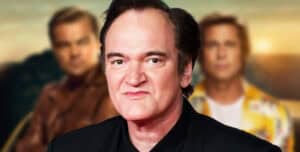
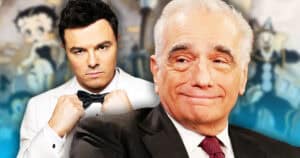

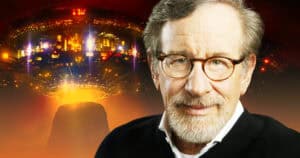
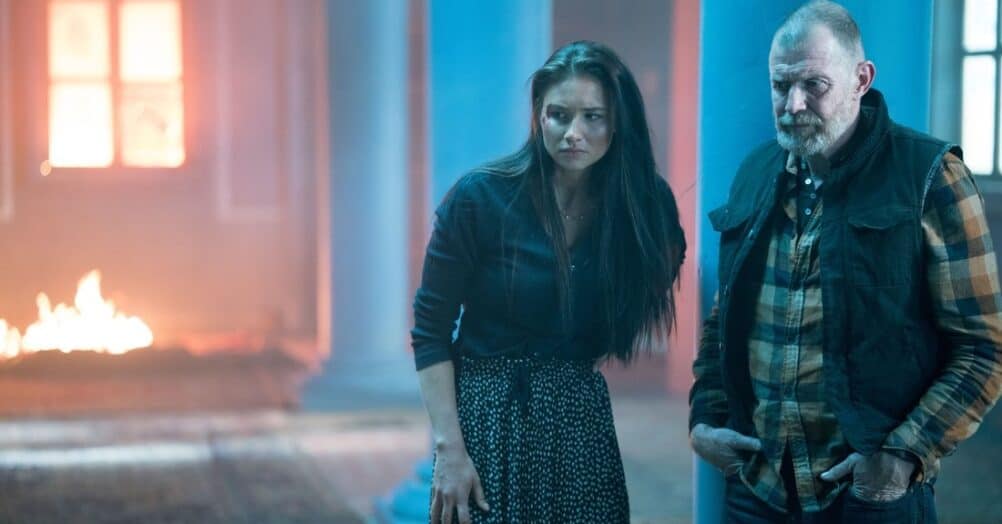
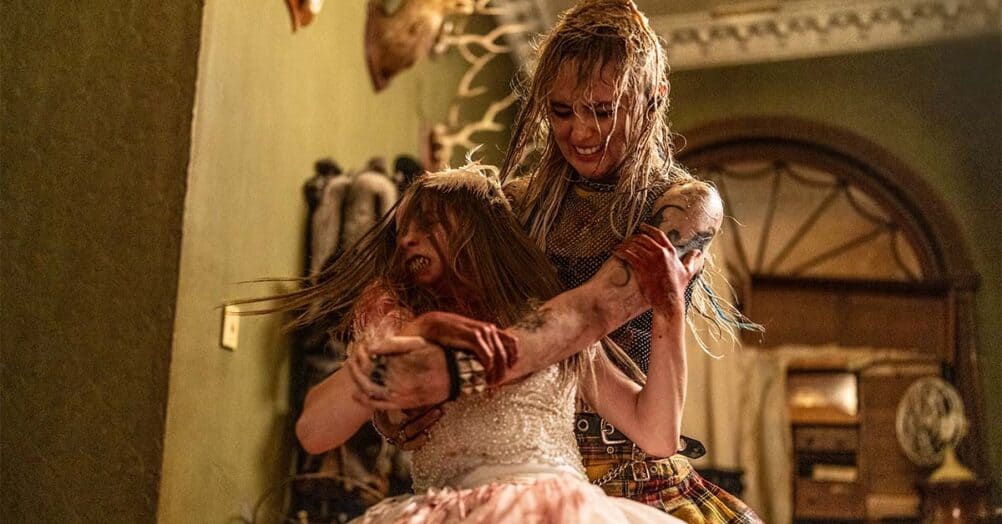
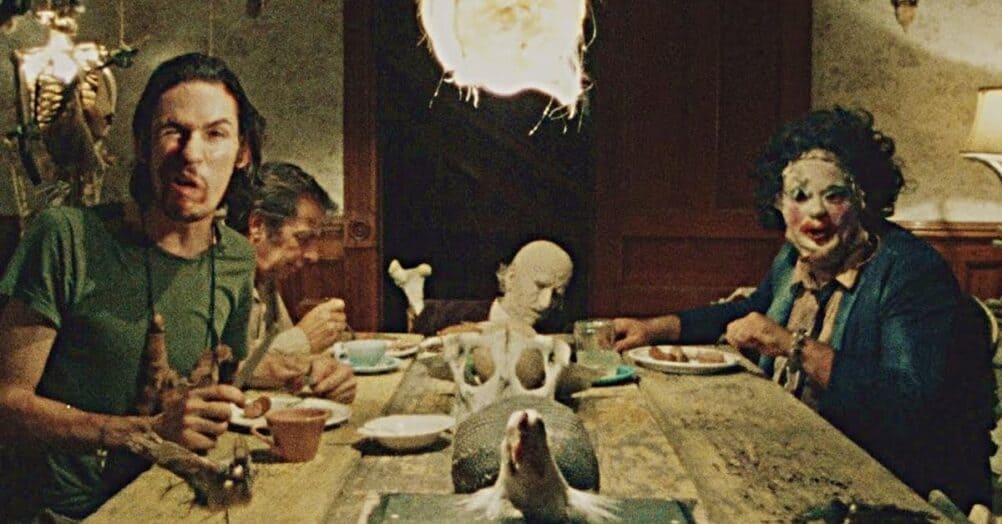
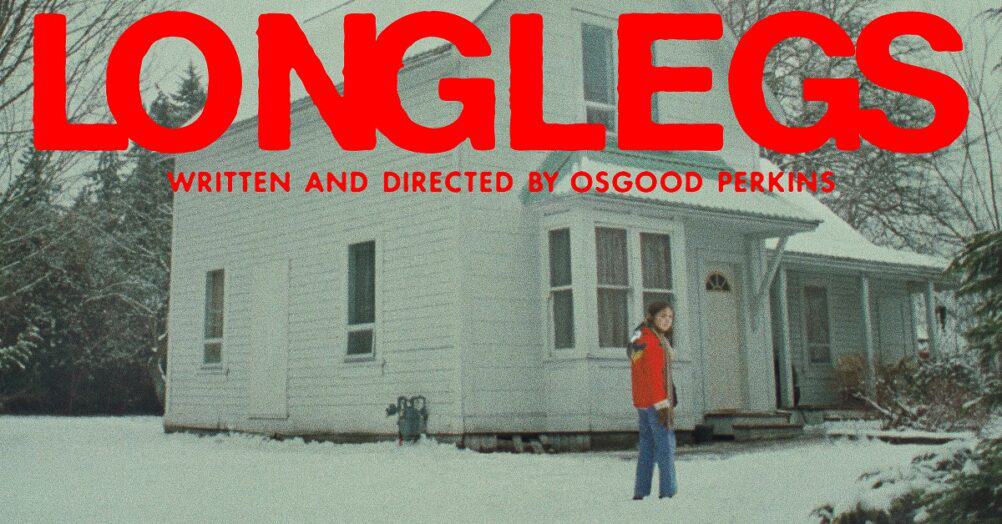
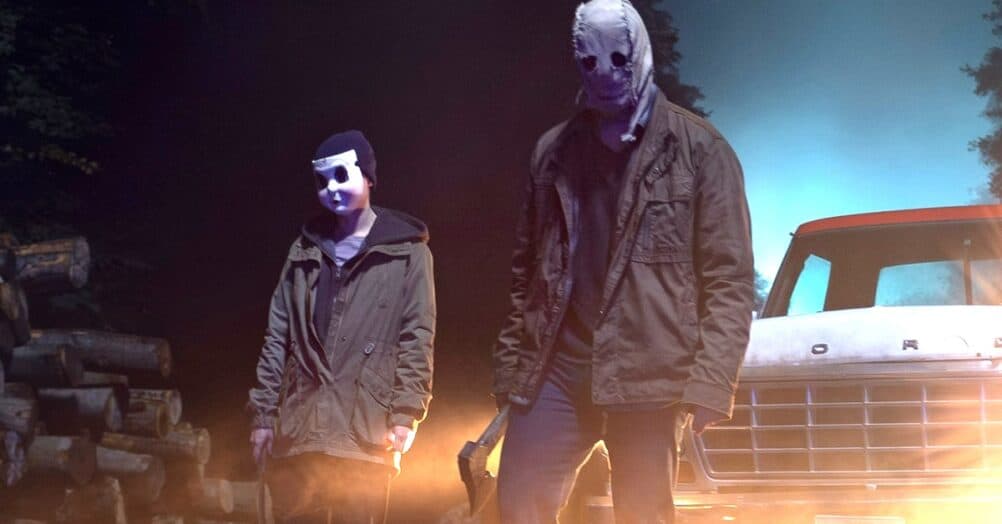
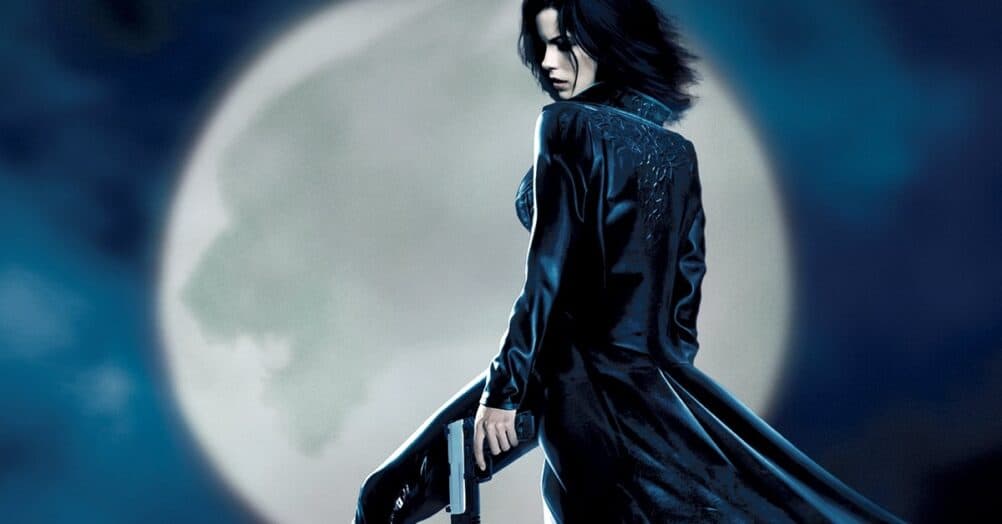
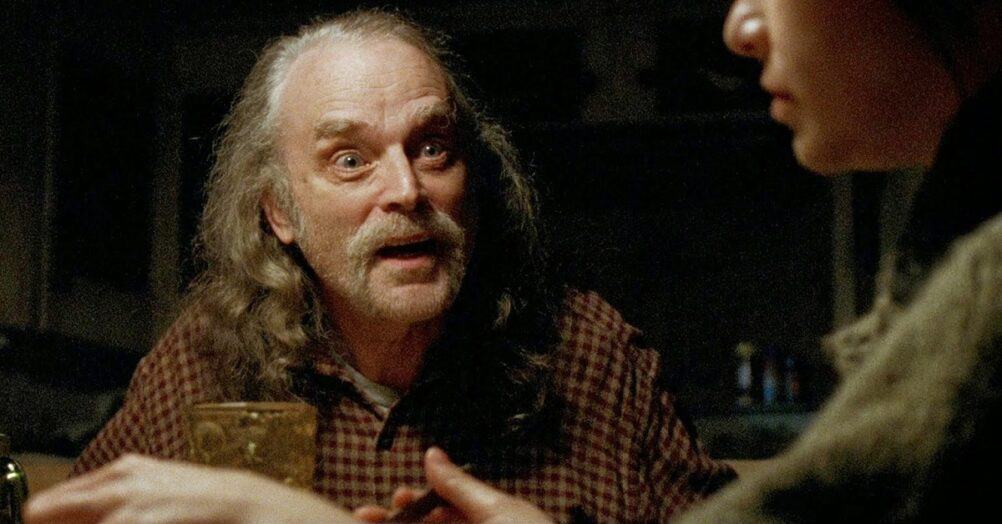
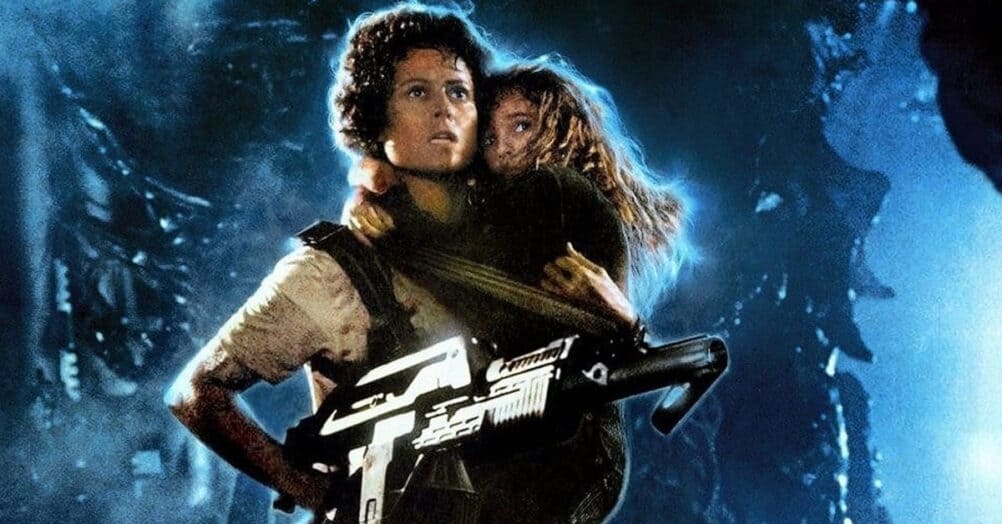
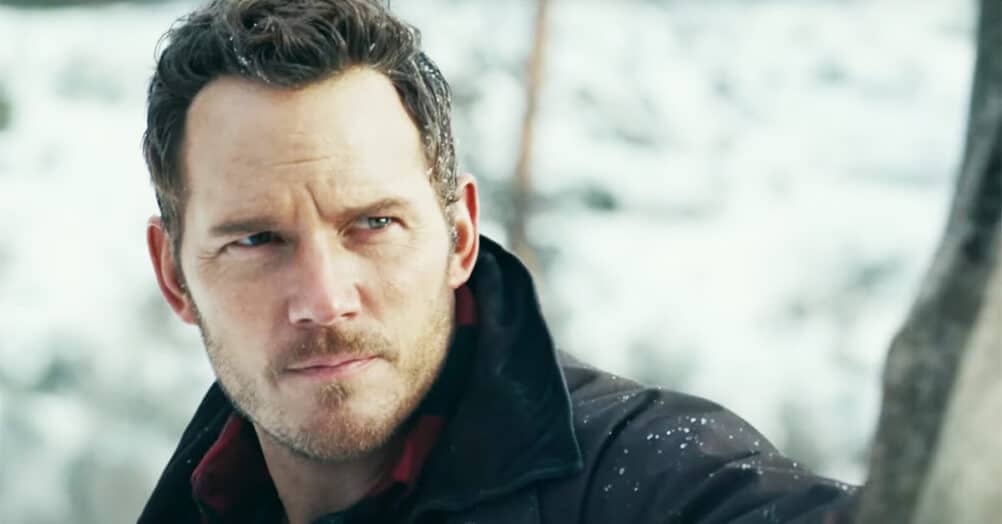
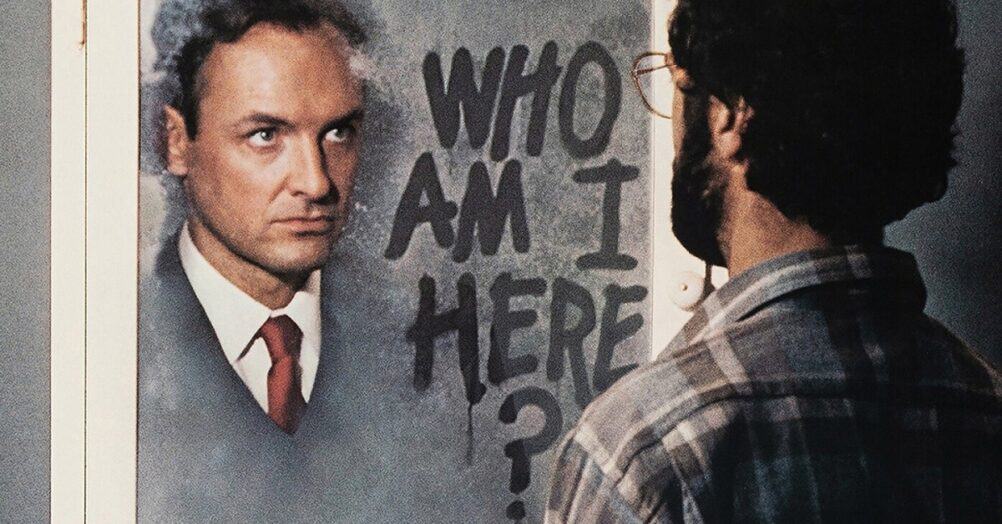
Follow the JOBLO MOVIE NETWORK
Follow us on YOUTUBE
Follow ARROW IN THE HEAD
Follow AITH on YOUTUBE